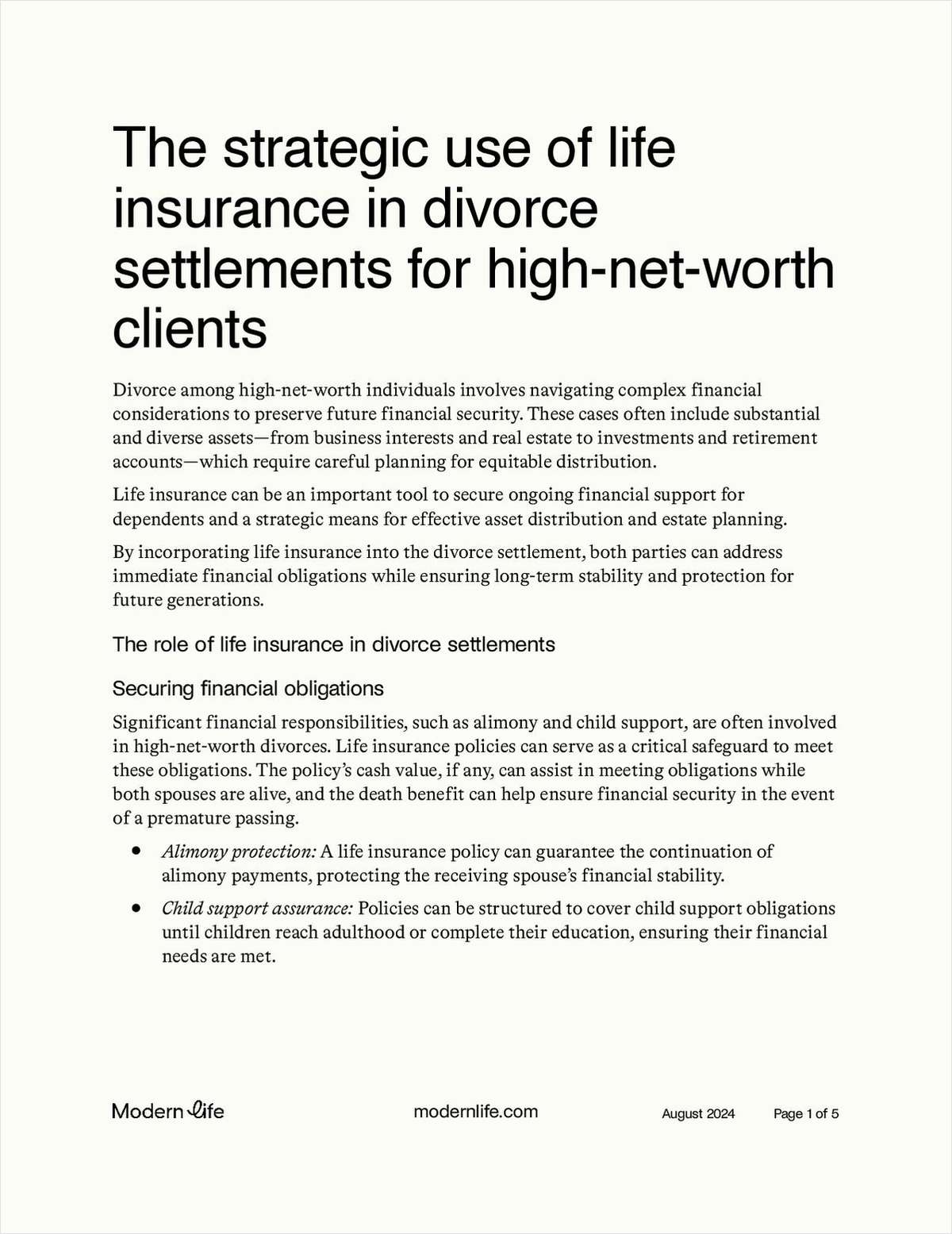Chicago
Several top life actuaries urged regulators to expose an industry plan for principle-based reserving that would include using existing CSO mortality tables to create new preferred and standard risk classes. The plan was discussed during the winter meeting of the National Association of Insurance Commissioners here.
The request for exposure was deferred by regulators at the Life & Health Actuarial Task Force until after a call to be held in 2006 so that regulators would have additional time to review the proposal. The call will probably be held in February 2006 but cannot be scheduled yet because under NAIC procedure, LHATF is not officially continued as an entity until the commissioners meet at their annual gathering. The 2006 gathering is scheduled for the first weekend in February.
The plan is being advanced by the American Council of Life Insurers. It would also include making changes to Actuarial Guideline 38, which was developed in response to companies that created new products and product features to keep reserving requirements lower than those required by adoption of Guideline Triple-X.
Michael Taht, a life actuary with Towers Perrin-Tillinghast, detailed how the existing 2001 nonsmoker CSO Table would be split into super preferred nonsmoker, preferred nonsmoker and residual standard nonsmoker.
Among the assumptions made in reworking the 2001 CSO Table were the level of preferred risk nonsmoker mortality, persistence of preferred risk mortality differentials and the prevalence of preferred risk products in underlying experience.
Mortality experience that was relied on included a Tillinghast old age mortality study, as well as Society of Actuaries preferred risk underwriting surveys and medical studies.
In preparation for a principle-based reserving system, the Society of Actuaries, in conjunction with the American Academy of Actuaries, Washington, and its preferred mortality project, is working on updated actuarial tables. The effort is separate from the ACLI work.
Armand diPaolo, chief actuary with Guardian Life Insurance Company of America, urged regulators to expose the proposal because he said it was important that the industry "not go back to the world that existed prior to AG 38." To return to a pre-AG 38 world would be "corrosive" to the industry, according to diPaolo.



